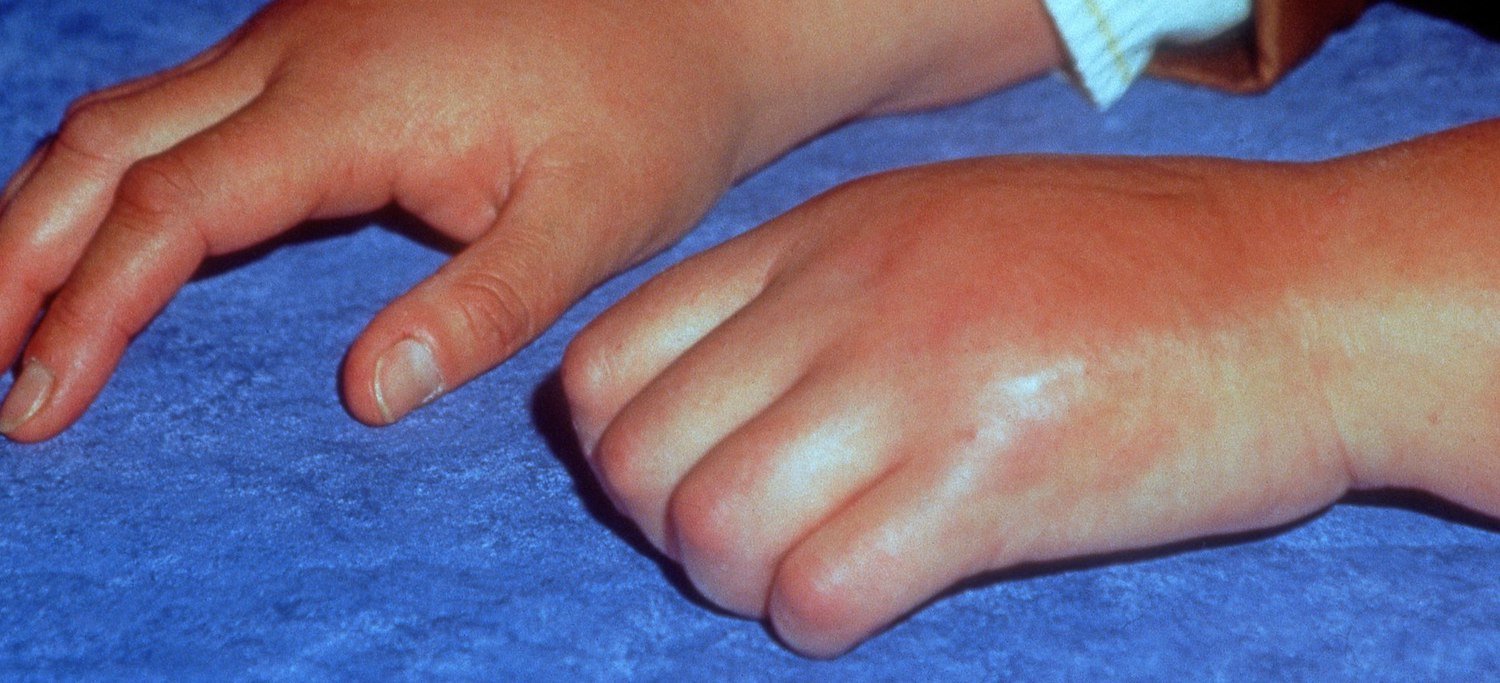Complex Regional Pain Syndrome (CRPS) is a chronic pain condition that affects the limbs and is characterized by severe pain, swelling, and changes in skin color and temperature. Managing CRPS can be challenging due to the complex nature of the condition and the variability of symptoms among patients. While traditional treatments such as physical therapy and medications are often used, innovative therapies are on the horizon that may offer new hope for patients with CRPS. In this article, we will explore some of the promising new therapies for CRPS and their potential to improve outcomes for those living with the condition.
Ketamine Infusions
Ketamine is a medication that acts on the N-methyl-D-aspartate (NMDA) receptor in the brain and spinal cord. Ketamine infusions have gained attention as a potential treatment for CRPS due to their ability to modulate pain signals.
- Pain Relief: Ketamine infusions may provide significant pain relief for patients with CRPS, particularly in cases where other treatments have been ineffective.
- Mechanism of Action: Ketamine is thought to work by blocking pain signals and reducing central sensitization, a process that amplifies pain perception.
Mirror Therapy
Mirror therapy is a non-invasive treatment that uses visual feedback to help patients manage pain and improve function in the affected limb.
- Visual Feedback: In mirror therapy, the patient places their affected limb behind a mirror and performs movements with the unaffected limb while watching the reflection. This creates the illusion that the affected limb is moving normally, which can help reduce pain and improve the range of motion.
- Neuroplasticity: Mirror therapy may promote neuroplasticity, allowing the brain to rewire itself and potentially reduce pain perception.
Topical Treatments
Topical treatments offer a localized approach to managing CRPS pain without systemic side effects.
- Topical Analgesics: Creams and gels containing analgesics such as lidocaine or capsaicin can provide relief by numbing the affected area or desensitizing pain receptors.
- Topical Cannabinoids: Cannabinoid-based creams may offer anti-inflammatory and pain-relieving effects, although more research is needed to fully understand their efficacy in CRPS.
Cannabinoid Therapy
Cannabinoids, compounds derived from the cannabis plant, have been studied for their potential to manage pain and inflammation.
- Medical Cannabis: Some patients with CRPS have reported benefits from using medical cannabis products, including reductions in pain and improvements in sleep and mood.
- CBD and THC: Cannabidiol (CBD) and tetrahydrocannabinol (THC) are two primary cannabinoids that may offer therapeutic effects. CBD is known for its anti-inflammatory properties, while THC may have pain-relieving and mood-enhancing effects.
Non-Opioid Medications
Research into non-opioid medications for CRPS is ongoing, with the goal of providing effective pain relief without the risk of addiction or other opioid-related side effects.
- Anticonvulsants: Medications such as gabapentin and pregabalin, originally developed for epilepsy, have shown promise in managing neuropathic pain, including CRPS.
- Antidepressants: Certain antidepressants, such as tricyclic antidepressants and serotonin-norepinephrine reuptake inhibitors (SNRIs), may help alleviate CRPS pain by modulating pain pathways.
Stem Cell Therapy
Stem cell therapy is an emerging area of research in CRPS treatment.
- Potential Benefits: Stem cells have the potential to promote tissue regeneration and repair damaged nerves, which could lead to improvements in CRPS symptoms.
- Current Research: Although research in this area is still in its early stages, there is hope that stem cell therapy may offer new possibilities for managing CRPS in the future.
Neuromodulation and Non-Invasive Brain Stimulation
Neuromodulation is a technique that involves modulating the nervous system to relieve pain. Non-invasive brain stimulation methods such as transcranial direct current stimulation (tDCS) and transcranial magnetic stimulation (TMS) are being explored as potential treatments for CRPS.
- Transcranial Direct Current Stimulation (tDCS): This therapy uses a low-level electrical current applied to specific areas of the scalp to modulate brain activity. Preliminary research suggests that tDCS may help alleviate CRPS pain by altering pain perception and processing in the brain.
- Transcranial Magnetic Stimulation (TMS): TMS uses magnetic fields to stimulate nerve cells in the brain. It has shown promise in reducing CRPS pain and may also improve other symptoms such as mood disturbances.
Conclusion
Innovative therapies for CRPS hold great promise for improving the quality of life for patients living with this challenging condition. As research continues, new and more effective treatments may become available, offering hope for better pain management and symptom control. It is important for patients with CRPS to work closely with their healthcare providers to explore the most appropriate treatment options based on their individual needs and preferences.
For any further queries, Plz visit drsmitagulatipainrelief.com



